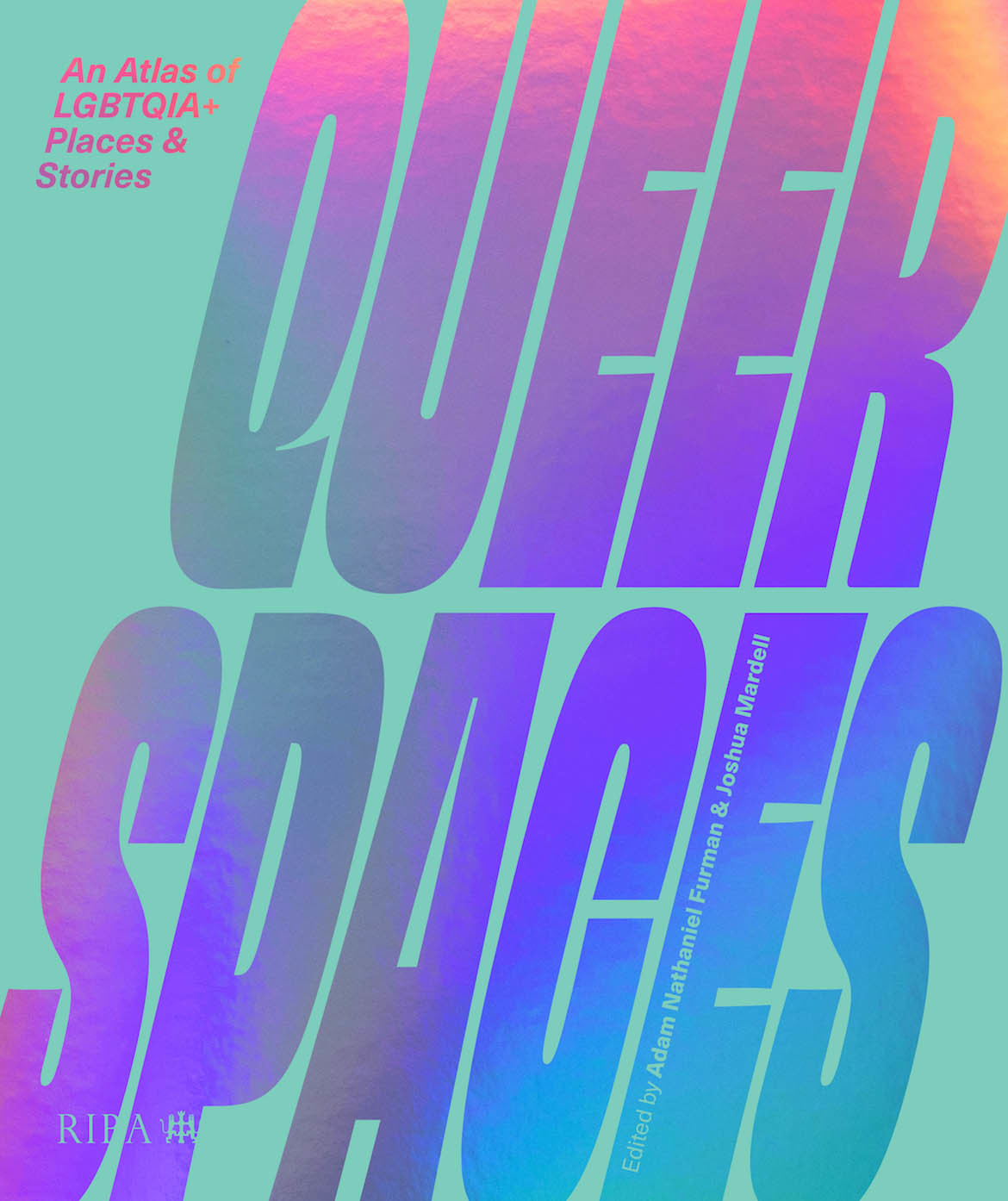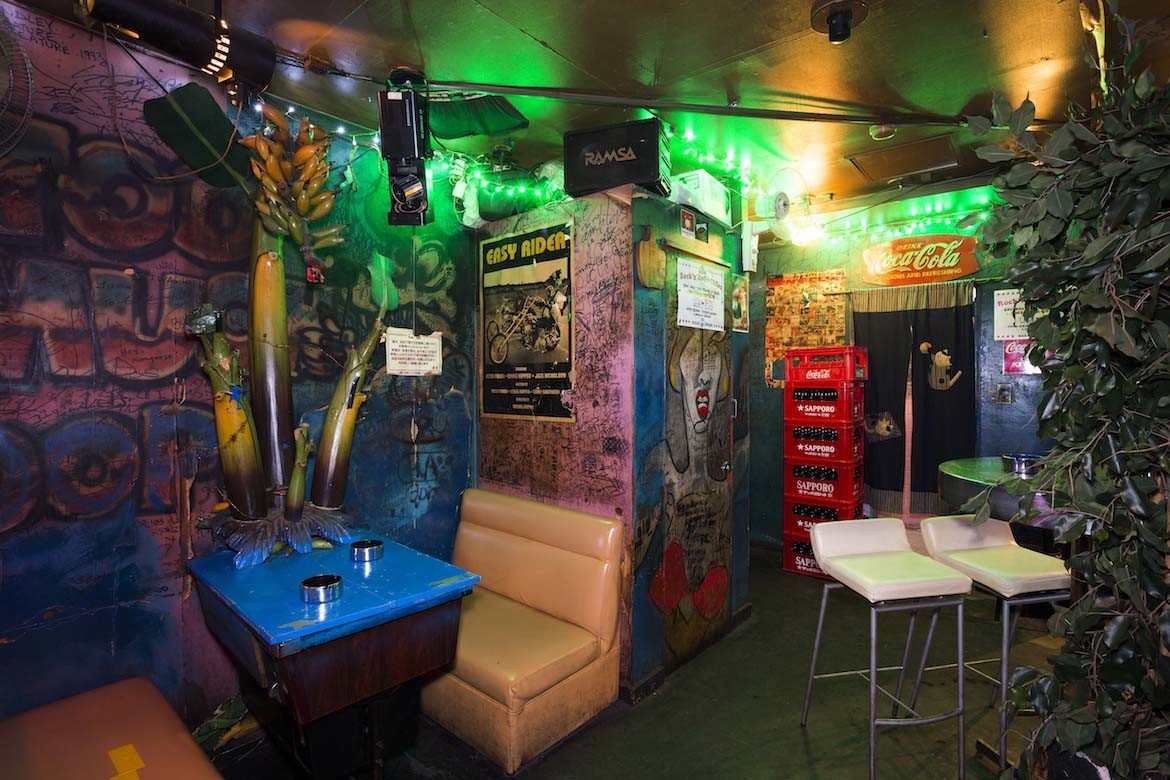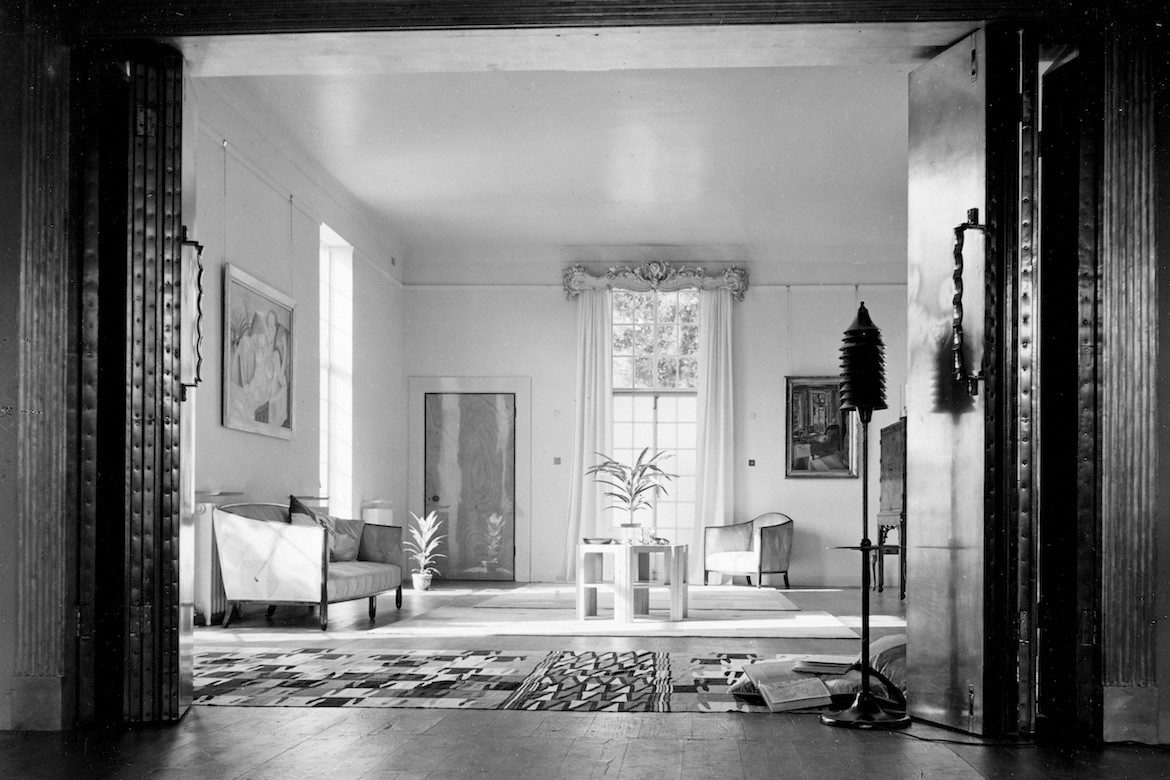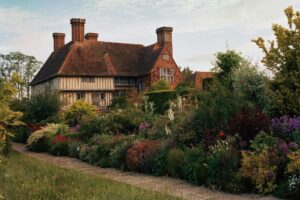Architecture at its heart exists to provide people with a physical environment. Yet, it also represents more than just the physical environment, but as a part of our culture, representation, and who we are.
In reading Queer Spaces: An Atlas of LGBTQIA+ Places and Stories there are a hundred stories about the importance of place for queer people universally, and with voices so commonly silenced, this collection opens the doors towards queer history through our environment.

Curated and edited by Adam Nathaniel Furman and Joshua Mardell, the book brings to light the importance of spaces through time, revealing intrinsic truths people like myself have rarely heard. It is an empowering and emotional collection that offers a new lens into the rights and history of queer people creating, designing and transforming spaces.
The book is all-encompassing, with personal essays of over 50 contributors across the globe including Australian voices of architecture lecturer Dr Timothy Moore and research fellow in architectural history Dr Soon-Tzu Speechley. Broken into three spheres: ‘domestic’, ‘communal’, and ‘public’, it pulls together the importance of these places through time and space. It forms an almost cohesive yet broad narrative starting from individual solace, to historical hubs to cultural refuges.

From the introduction by the editors, Queer Spaces lays the message that archiving these spaces in itself is a form of activism, and it doesn’t shy away from heart-warming tales, to the confronting. Each space of every scale is brought in sharp vignettes – sometimes personal, sometimes holistic. And the choice of images is definitive with snapshots of lives in these times and designs of these architectural moments.
Personal highlights come in the form of spaces hidden in plain sight. The essay on the South City Beach Kiosk in Perth talks of incremental gatherings redefining a simplistic Brutalist kiosk into a place of celebrated liberation. Yet another comes in the form of peeling back preconceptions – the essay on Hijra communities in Bangladesh unveils the marginalised lifestyle of children, not fully identifying as male, welcomed into hidden rooftop communities.

Queer Spaces is a meaningful contribution to the lives, history and architectural sanctuaries of queer people. It highlights the need for works like this to exist, and that unpacking these narratives from people of all walks of life is essential. It shows that spaces for queer-identifying individuals have always been a part of society, now and throughout history. Sometimes these places are forever. Other times, a single moment.
It speaks of the tribulations, denial and abuses these spaces protect oneself against. Queer Spaces captures the moments of these places through the voices of dozens of queer designers, survivors and historians long silenced. This collection embodies what architecture is: a representation of how we see ourselves, the world around us, and our place within it.
Queer Spaces: An Atlas of LGBTQIA+ Places and Stories by Adam Nathaniel Furman and Joshua Mardell


Publisher – RIBA Publishing
R.R.P. $69.99
ISBN 9781914124211
We think you might like this review on the history of Australian architecture.

















